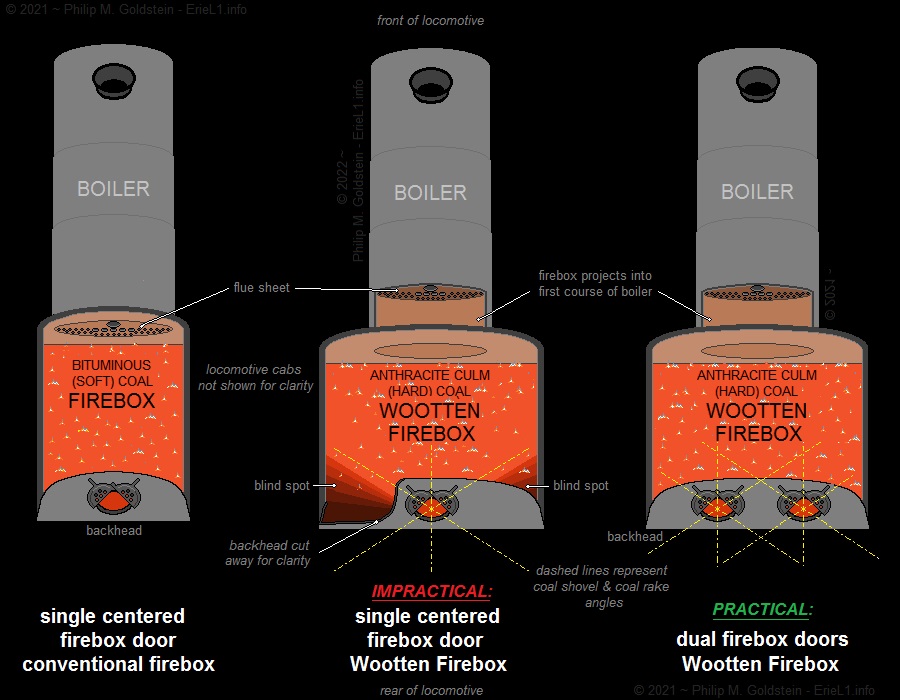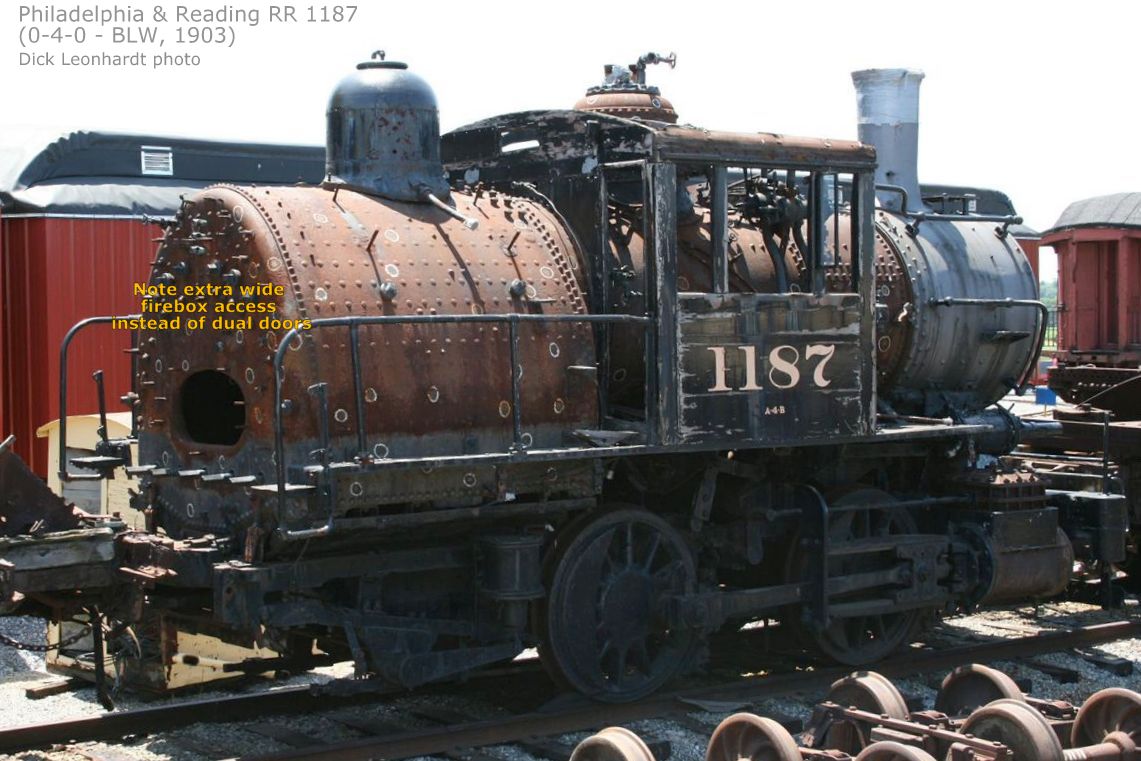| It is currently Wed May 07, 2025 1:49 pm |
|
All times are UTC - 5 hours [ DST ] |
Identification of cylinder type - simple or compound?
Moderators: Rick Rowlands, tomgears, Randy Hees
 
|
Page 3 of 3 |
[ 43 posts ] | Go to page Previous 1, 2, 3 |
|
| EJ Berry |
|
||
|
Joined: Fri Dec 22, 2017 6:47 pm Posts: 1546 Location: Philadelphia, PA |
|
||
| J.David |
|
||
|
Joined: Mon Aug 23, 2004 2:14 pm Posts: 618 Location: Essex, Connecticut, USA |
|
||
| daylight4449 |
|
||
|
Joined: Thu Mar 24, 2011 12:07 pm Posts: 1199 Location: Leicester, MA. |
|
||
| bedt14 |
|
|||
|
Joined: Mon Jul 10, 2006 2:29 pm Posts: 50 Location: Flynn, TX |
|
|||
| bedt14 |
|
|||
|
Joined: Mon Jul 10, 2006 2:29 pm Posts: 50 Location: Flynn, TX |
|
|||
| Erich Armpriester |
|
||
|
Joined: Wed Sep 15, 2004 8:16 pm Posts: 45 |
|
||
| bedt14 |
|
|||
|
Joined: Mon Jul 10, 2006 2:29 pm Posts: 50 Location: Flynn, TX |
|
|||
| EJ Berry |
|
||
|
Joined: Fri Dec 22, 2017 6:47 pm Posts: 1546 Location: Philadelphia, PA |
|
||
| Overmod |
|
||
|
Joined: Thu May 24, 2012 1:37 pm Posts: 2492 |
|
||
| Kelly Anderson |
|
||
|
Joined: Tue Sep 14, 2004 7:52 am Posts: 2477 |
|
||
| bedt14 |
|
|||
|
Joined: Mon Jul 10, 2006 2:29 pm Posts: 50 Location: Flynn, TX |
|
|||
| Overmod |
|
||
|
Joined: Thu May 24, 2012 1:37 pm Posts: 2492 |
|
||
 
|
Page 3 of 3 |
[ 43 posts ] | Go to page Previous 1, 2, 3 |
|
All times are UTC - 5 hours [ DST ] |
Who is online |
Users browsing this forum: Google [Bot] and 144 guests |
| You cannot post new topics in this forum You cannot reply to topics in this forum You cannot edit your posts in this forum You cannot delete your posts in this forum You cannot post attachments in this forum |


